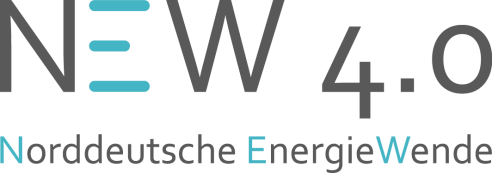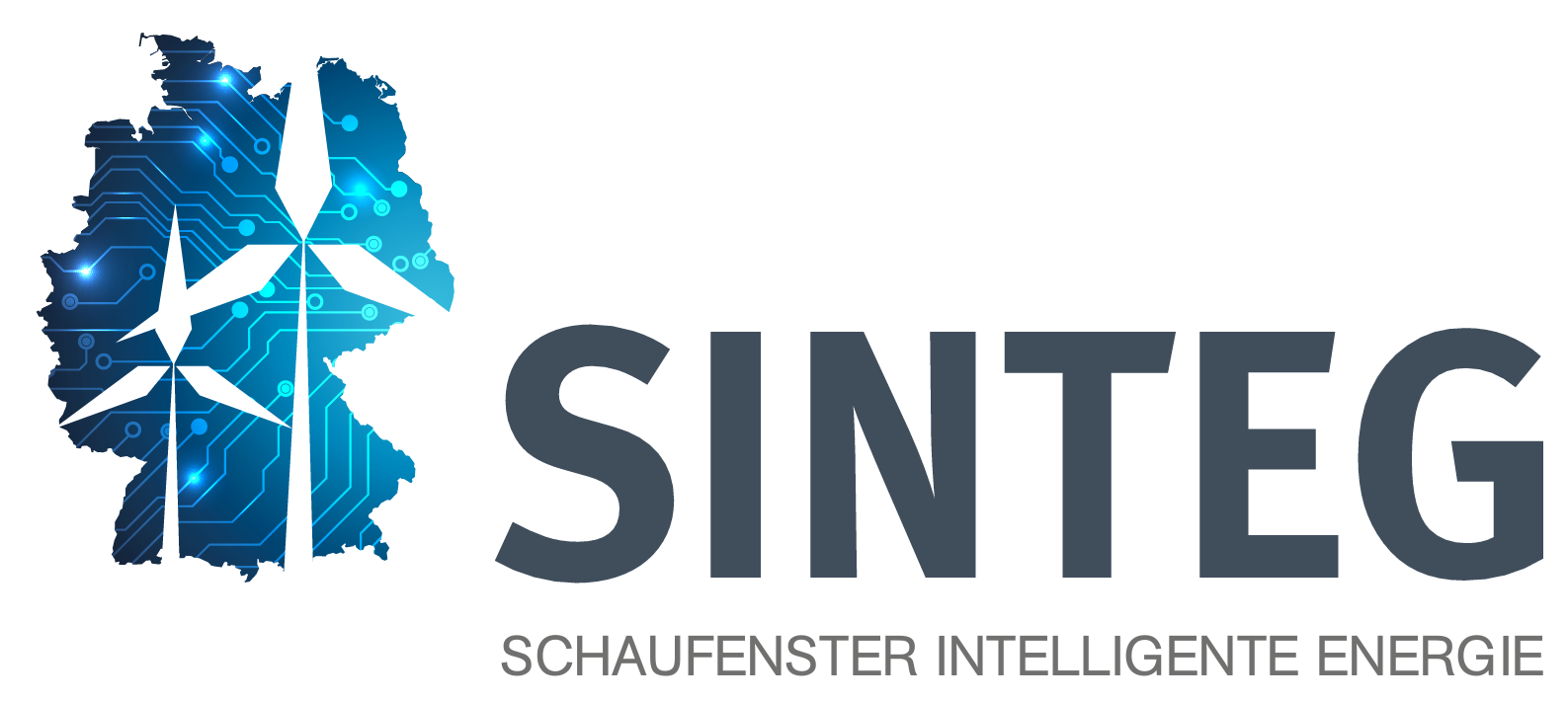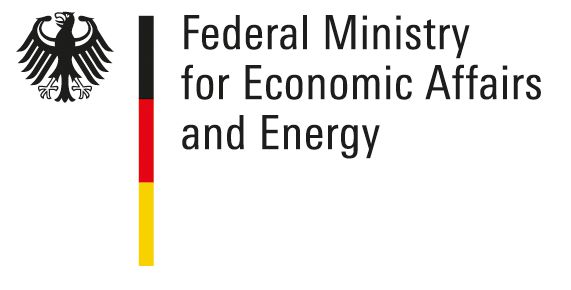Supported by: (FKZ 03SIN414)
The overarching target of the federally funded project NEW 4.0 is to supply the entire region of Schleswig-Holstein/Hamburg with 100 % of renewable energy until the year 2035. To achieve this target, innovative approaches to solving technical, regulatory and market law challenges are being developed within the framework of NEW 4.0. An increased and improved adaptation of energy consumption in Hamburg to the fluctuating input from wind-derived energy from Schleswig-Holstein is being pursued including storage facilities and intelligent consumption controls.
The institute of Electrical Power Systems at the Helmut Schmidt University / University of the Bundeswehr (HSU) contributes its expertise and many years of experience in the research areas of grid integration of storage and renewable energy systems, as well as strategic grid planning and calculation in achieving the goals set in NEW 4.0.
Within the project, the grid impedance is measured and evaluated at various points in the medium-voltage grid in Hamburg using the impedance measurement device developed at the HSU in a previous project for the 10 and 20 kV level.
Furthermore, the grid impedance measurement device for the 110 kV high-voltage level, which was also developed at the HSU in a previous project, is put into operation. Thereby the grid impedance can be determined and analyzed at the high-voltage level for the first time.
By the knowledge of the grid impedance, conclusions about the grid status can be drawn and an assessment of the connection capacity can be made. Evaluation of the impedance enables an optimized grid integration of renewable energies. Thus, the subproject of the HSU supports the project by analyzing the grid status at the medium- and high-voltage level and the resulting integration strategies for wind energy.
Cooperative project:

NEW 4.0 will solve the core challenges of the energy transition with a two-pronged approach: First, an increase in electricity exports to other regions by efficient use and expansion of the energy infrastructure as well as innovative grid technologies in the region and, second, an increase in the rate of energy that is derived from regenerative sources and retained and used regionally with the help of thorough sector coupling.
NEW 4.0 pursues the goal of supplying the region with 70 % safe and reliable renewable energy by the year 2025. At the same time, to a gradually increasing scale renewable electricity is to be used for heat supply and industrial processes that previously had been operated with fossil fuels such as gas: The “electricity transition” is to become an “energy transition” in Schleswig-Holstein and Hamburg. Various storage systems and technologies such as power-to-heat, power-to-gas and new systems in industrial processes (power-to-product) are used. In addition, the market-oriented integration is to be tested by further developed market rules on the basis of a regulatory “experimental clause”: The results of the effectiveness of a future legal framework can provide valuable insights for federal policy regarding the development of the future market design.
Project initiative:

NEW 4.0 is part of the funding program “Showcase intelligent energy – digital agenda for the energy transition” (SINTEG) of the Federal Ministry for Economic Affairs and Energy. The aim is to develop and demonstrate scalable model solutions for an environmentally friendly, safe and affordable energy supply with a high ratio of renewable energies in large “showcase regions”. The focus is on the intelligent connection between generation and consumption as well as the use of innovative grid technologies and operating concepts. The solutions found should serve as a model for broad implementation.
The Federal Ministry of Economics funds the five showcases with a total of over 200 million euros. Together with the additional investments by companies, more than 500 million euros will be invested in the digitalization of the energy sector. Therefore, SINTEG is an important contribution to the digitalization of the energy transition. Over 200 companies and other actors, for example from science, are involved in the SINTEG showcase.
Contact Persons:
Prof. Dr.-Ing. habil. Detlef Schulz (subproject manager)
Marc Florian Meyer, M.Sc.
Daniela Vorwerk, M.Sc.
Dipl.-Ing. Baysa Lkhamsuren
Johannes Schräder, M.Sc.
Faculty of Electrical Engineering
Elektrical Power Systems
Letzte Änderung: 27. May 2021

